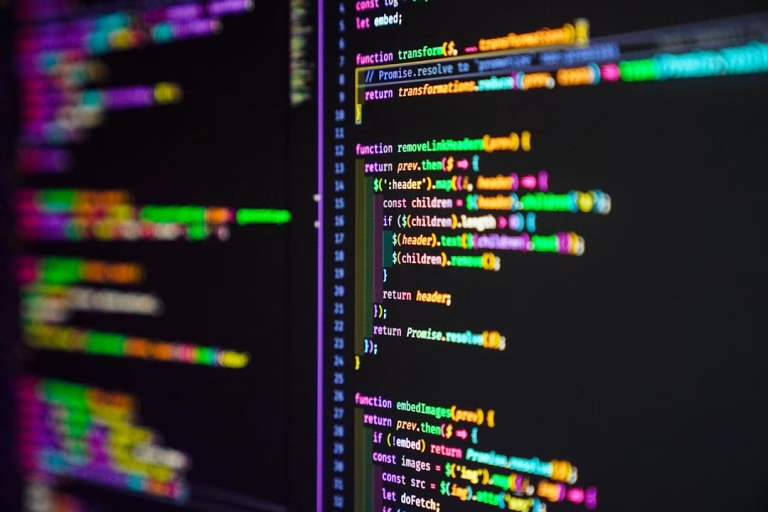Exploring the Fundamentals of R Programming
Hey there, tech enthusiasts! Today, I want to take you on an adventure to the realm of R Programming. Do you have your explorer hat on? Great, let’s get started! My journey with R programming started in college as a part of our course curriculum, and boy oh boy, it was quite a ride!
What is R Programming?
R is a language and environment for statistical computing and graphics. It was developed at Bell Laboratories (formerly AT&T, now Lucent Technologies) by John Chambers and colleagues (R-project.org). Now, I know this sounds technical, but think of R as just another language — but instead of speaking to people, you’re “speaking” to computers. Exciting, right?
Why I Love R Programming
For me, the most exciting thing about R programming is its ability to make complex statistical analyses simple. Let’s say you’re trying to find patterns in your monthly grocery spending. With R, you can quickly process, analyze, and visualize the data. Before I knew about R, I crunched numbers manually in Excel with tons of anxiety. But R was a game-changer – it was like discovering a secret tool!
Fundamentals of R Programming
Now, onto the main course; Let’s delve into the fundamentals of R programming:
- Variables: Just like other programming languages, R uses variables. You can imagine these as little buckets in your computer’s memory where you store values.
- Vectors: In R, even a single number is considered as a vector of length one. Vectors are quite important as for R, everything that operates on more complex data structures is implemented in terms of simple vector operations. (Source: DataMentor)
- Matrices: When I first learned about matrices in high school algebra, I was quite overwhelmed. But in R, matrices are just two-dimensional vectors, and they are as easy to work with as vectors.
- Factors: In R, factors manage limited categories of data. For instance, a survey of hair colors would fall into a limited number of categories (black, brown, blond, red, etc.), which would be represented in R as factors.
- Data frames: These are the real heavy lifters in R. A data frame is a table-like structure where each column contains values of one variable, and each row contains one set of values from each column.
- Lists: A list is an R-object which can contain many different types of elements inside it like vectors, functions and even other list inside it.
Understanding these fundamentals can give you a solid foundation for your R programming journey.
Conclusion
There you have it, folks! I hope this beginner’s guide into the world of R programming has piqued your interest. I’ve only scratched the surface here – the world of R is so extensive with a lot to explore. Back in my college days, every new function or operation I learned felt like a new superpower. Happy coding, and remember – every expert started as a beginner. So, keep exploring and learning!






